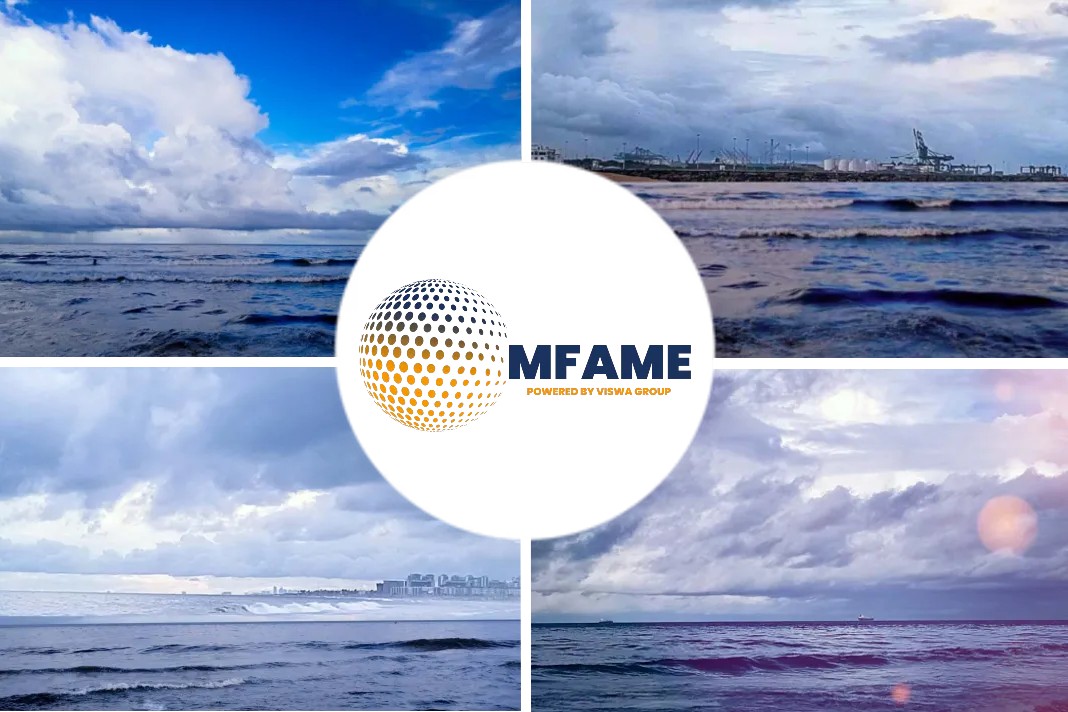- Centre national d’études spatiales or the National Centre for Space Studies (CNES) announced the launch of World’s first space-based automatic identification system.
- Satellite-based AIS will boost India’s coastal surveillance mechanism and maritime security.
The world’s first space-based automatic identification system (AIS) to track merchant ships on a real-time basis will be built and operated jointly by India and France, reports the Hindu Business Line.
Agreement for building satellites
CNES President Jean-Yves Le Gall and K Sivan, Chairman, Indian Space Research Organisation (ISRO), signed an agreement recently to start development and production of a constellation of satellites on which studies have been underway for more than a year.
The pact between the two space agencies was signed during Prime Minister Narendra Modi’s visit to France.
AIS to monitor ships
The constellation carrying telecommunications (AIS), radar and optical remote-sensing instruments will be capable of monitoring ships in the Indian Ocean, CNES said in a statement.
“The system will cover a wide belt across the globe, benefiting a broad range of French economic interests. With a revisit capability making it possible to task acquisitions several times a day, it will also be able to detect oil slicks and trace their origin,” CNES said.
Requirements for AIS installation
The International Maritime Organization’s International Convention for the Safety of Life at Sea (SOLAS) requires AIS to be fitted aboard all ships of 300 gross tonnage and upwards engaged on international voyages, cargo ships of 500 gross tonnage and upwards not engaged on international voyages and all passenger ships irrespective of the size. The requirement took effect on December 31, 2004.
AIS is designed to provide information about a ship to other vesels and to coastal authorities, automatically.
Enhanced maritime security
India has installed a Long-Range Identification and Tracking system (LRIT) for ships as well as a terrestrial-based AIS, but their range and functionality is limited, a government official said.
LRIT can predict the position of a ship every six hours or at least four times a day while the terrestrial-based AIS has a coverage range of 40 nautical miles.
The satellite-based AIS will significantly boost India’s coastal surveillance mechanism and maritime security, the official said.
Did you subscribe to our daily newsletter?
It’s Free! Click here to Subscribe!
Source: Hindu Business Line
















